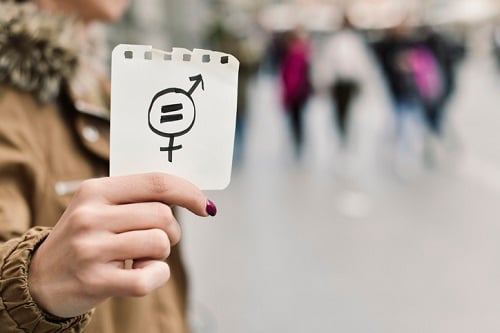

Although the gender pay gap has certainly narrowed in the past decade, we are still far from a level playing field. With Equal Pay Day taking place around the world this month, women are coming together to draw attention to the issue and to pressure employers to take a stand.
Equal Pay Day took place in the U.S on April 2, raising awareness of the fact that women still earn only around 80 percent of their male counterparts, on average. The date is symbolic of how far into the new year women must work to earn the same as a man had earned the previous year.
In Canada, where women earn an average of 30 per cent less than men, the Ontario Equal Pay Coalition marked the day with rallies across the province on April 9.
It has been suggested in the past that the reason for the gap lies in the reluctance of women to ask for a pay increase. However, this theory was negated by a 2016 study conducted by the Cass Business School, University of Wisconsin and University of Warwick, which found that men and women ask for raises with equal frequency, but men are 25 per cent more likely to get a raise after asking.
In an effort to close the gap, U.K. firms with 250 or more employees have been legally required to disclose information on the pay difference between male and female staff since 2018, but the disparity continues nonetheless. Almost nine out of ten public sector organisations reported a gap in favour of men.
“Men may over-value their worth, whilst women under-value their contribution,” said Matthew Cole, employment partner at Ipswich, U.K.-based law firm, Prettys. “I think the pay gap will only be narrowed over a very long period of time by changing employment practices and attitudes.”
Vanessa Bell, partner and head of employment at Prettys, warned that a difference between earnings could impact future employment.
“It’s all well and good a business revealing its pay gap, but if these businesses don’t take action to address it, they could lose out on recruiting or retaining good staff,” she said.
